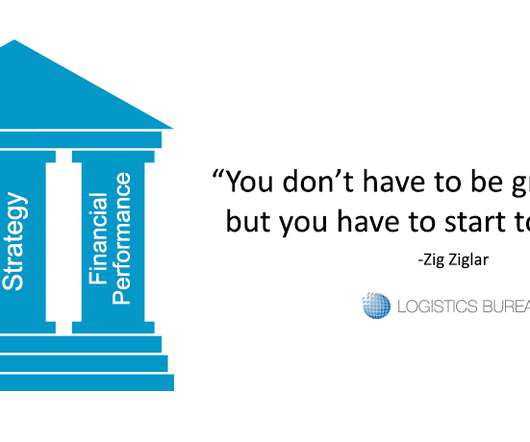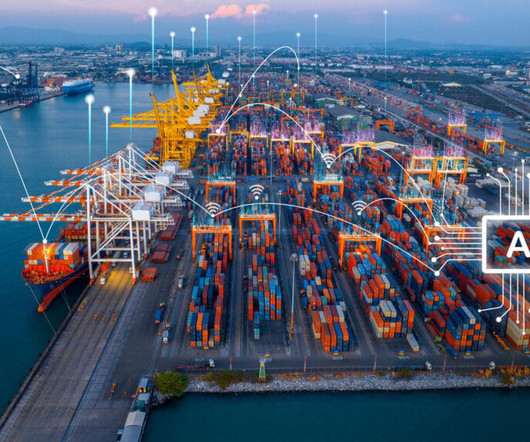The 3 Pillars of Supply Chain Management (And Why Their Alignment Matters)
Logistics Bureau
MAY 30, 2022
Our three pillars (or fundamentals) of great supply chain management excellence are strategy, service, and cost. Aligning strategy, service, and financial factors in your supply chain operation is essential to support your company’s overall business strategy , mission, and objectives. The Importance of Alignment.













Let's personalize your content